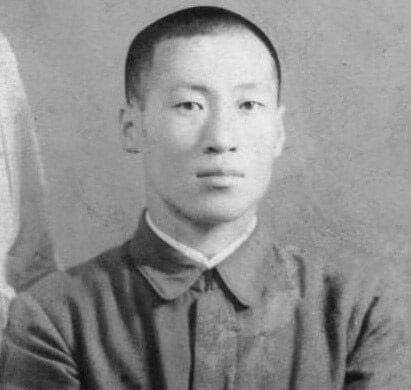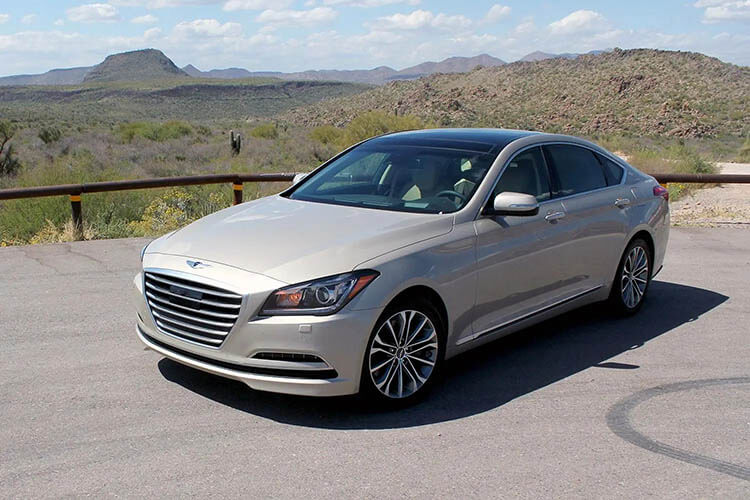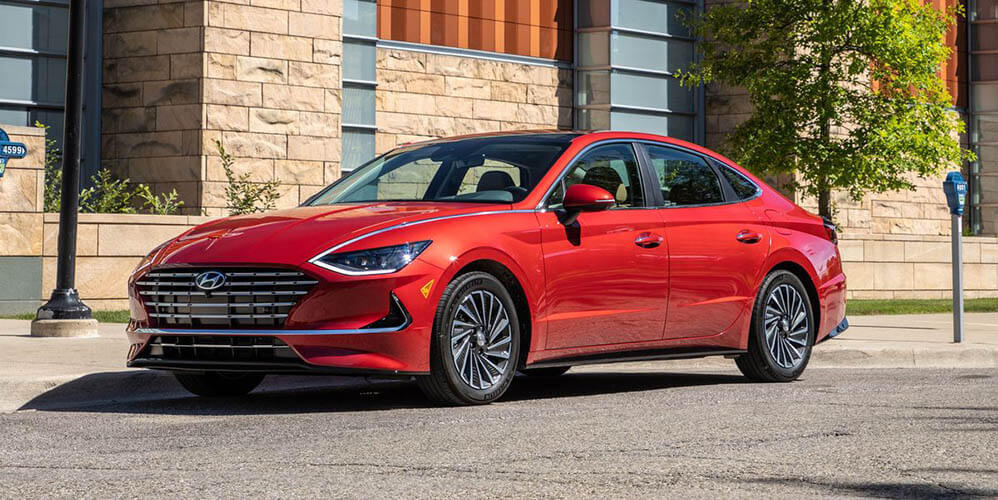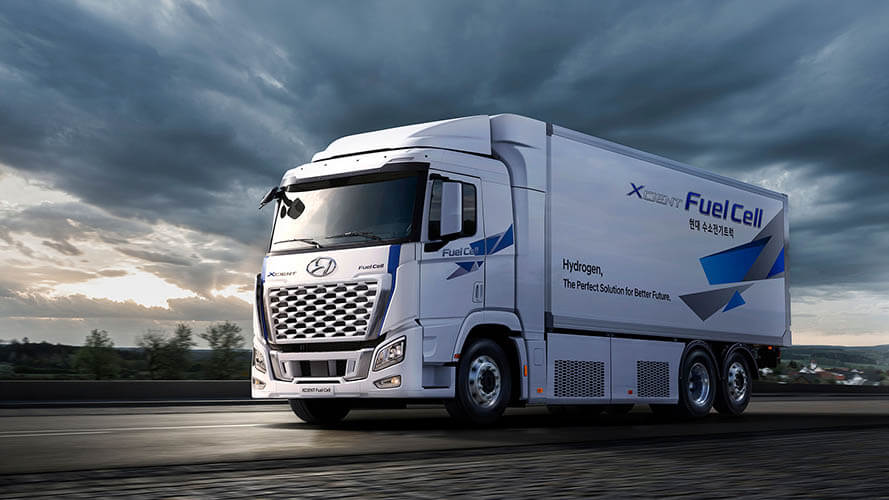Hyundai Motor Company is a South Korean multinational automotive manufacturer that was founded in 1967. It is a subsidiary of the Hyundai Motor Group, which also includes the Kia Motors Corporation. The company is headquartered in Seoul, South Korea, and produces a wide range of vehicles including cars, SUVs, and commercial vehicles.
Hyundai is known for its focus on design, engineering, and innovation, and has won numerous awards for its vehicles, including the prestigious Red Dot Design Award and the iF Design Award. The company also invests heavily in research and development, with a focus on alternative fuel vehicles, such as hybrid and electric cars.
Early History of Hyundai
Hyundai Motor Company was founded in 1967 by Chung Ju-Yung, a South Korean entrepreneur who had previously started a construction company called Hyundai Civil Industries. At the time, the South Korean government was encouraging the growth of the domestic automobile industry, and Chung saw an opportunity to enter the market.

Hyundai’s first car, the Cortina, was produced under a license from Ford Motor Company in 1968. However, in the early 1970s, Hyundai began developing its own cars, and in 1975 it introduced the Pony, which was the first Korean-made car.

Significant Growth in the 1980s
The 1980s was a decade of significant growth and expansion for the Hyundai Motor Company. During this period, Hyundai introduced several new models and began exporting its cars to a number of new markets around the world.
One of the key events of the 1980s for Hyundai was the launch of the Excel in 1985. The Excel was a compact car that was designed to compete with popular Japanese models like the Toyota Corolla and the Honda Civic. The Excel was a success both in South Korea and in export markets, and it helped to establish Hyundai as a serious player in the global automotive industry.

In 1986, Hyundai also began production of the Sonata, a mid-size sedan that was designed to compete with cars like the Toyota Camry and the Honda Accord. The Sonata was well-received by consumers and helped to further solidify Hyundai’s reputation for quality and value.
During the 1980s, Hyundai also expanded its production capacity and began exporting its cars to a number of new markets, including the United States, Canada, Australia, and Europe. However, the company also faced some challenges during this period, including quality issues with some of its cars and labor disputes with its workers.
Despite these challenges, Hyundai continued to grow and expand throughout the 1980s, laying the groundwork for the company’s future success in the global automotive industry.
Financial Difficulties in the 1990s
The 1990s were a decade of both success and challenges for the Hyundai Motor Company. During this period, the company continued to expand its product line and enter new markets around the world. However, it also faced financial difficulties and quality issues that threatened to damage its reputation.
One of the key events of the 1990s for Hyundai was the launch of the Elantra 1990. The Elantra was a compact car that was designed to compete with popular models like the Toyota Corolla and the Honda Civic. The Elantra was well-received by consumers and helped to further establish Hyundai’s reputation for quality and value.

However, in the mid-1990s, Hyundai began to face financial difficulties due to a combination of factors including the Asian financial crisis, labor disputes with its workers, and quality issues with some of its cars. The company was forced to cut costs and streamline its operations in order to stay afloat.
Despite these challenges, Hyundai continued to invest in research and development during the 1990s, with a focus on alternative fuel vehicles like electric and hybrid cars. The company also continued to expand its product line, introducing new models like the Tiburon sports coupe and the Santa Fe SUV.
By the end of the 1990s, Hyundai had weathered the storm of its financial difficulties and was well-positioned to continue its growth and expansion into the new millennium.
Transformative Decade 2000s
The period from 2000 to 2009 was a transformative decade for Hyundai Motor Company, as the company focused on improving quality, design, and innovation to compete with established global automakers.
One of the key events of this decade for Hyundai was the launch of the Sonata in 2004. The Sonata was a mid-size sedan that was designed to compete with popular models like the Toyota Camry and the Honda Accord. The Sonata was well-received by consumers and helped to establish Hyundai as a serious player in the global automotive industry.

During this period, Hyundai also made significant investments in research and development, with a focus on alternative fuel vehicles like hybrid and electric cars. In 2006, Hyundai introduced the Sonata Hybrid, its first hybrid vehicle, and in 2009, it launched the BlueOn, its first electric vehicle.
Hyundai also made significant improvements to the quality and design of its cars during this period. In 2006, the company introduced its “Fluidic Sculpture” design language, which emphasized sleek lines and aerodynamic shapes. This design language was applied to a number of Hyundai models, including the Sonata, the Elantra, and the Tucson.
Significant Growth in the 2010s
The period from 2010 to 2019 was marked by significant growth and success for the Hyundai Motor Company. During this time, the company continued to expand its product line, improve its quality and design, and invest in new technologies and innovation.
One of the key events of this decade for Hyundai was the launch of the Genesis luxury brand in 2015. The Genesis line included the G80 and G90 sedans, which were designed to compete with established luxury brands like BMW and Mercedes-Benz. The launch of Genesis was a significant milestone for Hyundai, as it demonstrated the company’s ability to compete in the high-end luxury market.

During this period, Hyundai also made significant investments in alternative fuel vehicles, including hybrid, electric, and hydrogen fuel cell cars. In 2011, the company introduced the Sonata Hybrid and the BlueOn electric vehicle, and in 2013, it launched the Tucson Fuel Cell, the world’s first mass-produced hydrogen fuel cell vehicle.
Hyundai also continued to improve the quality and design of its vehicles during this period. In 2010, the company introduced its “Fluidic Sculpture 2.0” design language, which refined and evolved the earlier Fluidic Sculpture design. This new design language was applied to a number of Hyundai models, including the Sonata, the Elantra, and the Tucson.
By the end of the decade, Hyundai had established itself as a global leader in the automotive industry, with a strong reputation for quality, innovation, and value. The company’s sales and profits had also continued to grow, thanks to its focus on improving its products and expanding into new markets around the world.
Continued growth and innovation in the 2020s
The 2020s have been a time of continued growth and innovation for the Hyundai Motor Company. During this period, the company has focused on expanding its product line with new electric and hybrid vehicles, while also investing in new technologies like autonomous driving and artificial intelligence.
One of the key events of this decade for Hyundai was the launch of the Ioniq brand in 2020. The Ioniq line includes a range of electric, hybrid, and plug-in hybrid vehicles, and is designed to compete with other eco-friendly brands like Tesla and Toyota. The launch of the Ioniq brand demonstrates Hyundai’s commitment to sustainability and its willingness to embrace new technologies.

Hyundai has also made significant investments in autonomous driving technology and artificial intelligence. In 2020, the company announced a partnership with Aptiv, a leading autonomous vehicle technology company, to develop a production-ready autonomous driving platform by 2022. Hyundai has also invested in AI-powered systems for its vehicles, including its new Digital Key technology, which allows drivers to unlock and start their cars using their smartphones.
During this period, Hyundai has also continued to refine and evolve its design language. In 2020, the company introduced its “Sensuous Sportiness” design philosophy, which emphasizes dynamic and sensual lines. This new design language has been applied to a number of Hyundai models, including the Sonata, the Elantra, and the Tucson.
Research and development
Research and development (R&D) is a key focus of the Hyundai Motor Company. The company invests heavily in R&D in order to develop new technologies and improve the performance, safety, and environmental sustainability of its vehicles.
Hyundai operates a number of R&D centers around the world, including in Korea, the United States, Germany, China, and India. These centers are staffed by thousands of engineers and scientists who are dedicated to developing new technologies and improving the quality and performance of Hyundai’s vehicles.
One area of focus for Hyundai’s R&D efforts is alternative fuel vehicles. The company is investing heavily in electric, hybrid, and hydrogen fuel cell technologies in order to meet the growing demand for eco-friendly vehicles. Hyundai has developed a number of electric and hybrid vehicles, including the Ioniq and Kona Electric, and has plans to introduce more models in the coming years.
Hyundai is also focused on developing autonomous driving technology. The company has formed partnerships with leading technology firms like Aptiv and Aurora to develop self-driving systems, and has already introduced some autonomous features in its vehicles, such as advanced driver assistance systems (ADAS).
In addition to its work on alternative fuel and autonomous technologies, Hyundai is also focused on improving the safety and quality of its vehicles. The company has developed a number of safety features, including its SmartSense technology, which includes features like forward collision warning, lane departure warning, and automatic emergency braking.
Enter the Crossovers/SUVs market
Hyundai entered the crossover/SUVs market in the early 2000s with the introduction of the Hyundai Santa Fe. The Santa Fe was the first SUV produced by Hyundai and it helped the company to establish itself as a major player in the global automotive market.
Since the introduction of the Santa Fe, Hyundai has continued to expand its range of crossovers and SUVs in order to meet the needs of different customers. The company has introduced a number of popular models, including the Tucson, Kona, Venue, and Palisade, each of which offers a unique combination of performance, style, and features.

Hyundai’s success in the crossovers/SUVs market can be attributed to a number of factors. For one, the company has invested heavily in research and development in order to develop advanced technologies and features that appeal to customers. In addition, Hyundai has focused on offering competitive pricing and warranties, which has helped to make its vehicles more affordable and attractive to buyers.
Enter the hybrid and electric vehicles market
Hyundai entered the hybrid and electric vehicles market in the late 2000s with the introduction of its first hybrid vehicle, the Hyundai Sonata Hybrid, in 2010. Since then, the company has continued to expand its lineup of hybrid and electric vehicles, and has become one of the leaders in the industry in this area.
Hyundai’s success in the hybrid and electric vehicles market can be attributed to several factors. For one, the company has invested heavily in research and development, and has developed advanced technologies that allow its vehicles to achieve excellent fuel efficiency and performance. This has allowed Hyundai to offer hybrid and electric vehicles that are competitive with those produced by other leading automakers.

In addition, Hyundai has been successful in making its hybrid and electric vehicles more accessible to consumers by offering them at competitive prices. For example, the Hyundai Ioniq, which is available as a hybrid, plug-in hybrid, or fully-electric vehicle, is priced competitively compared to other vehicles in its class. Similarly, the Kona Electric and Nexo fuel cell SUV are priced competitively compared to other electric vehicles.
Another factor in Hyundai’s success in the hybrid and electric vehicles market is the company’s commitment to sustainability and reducing its carbon footprint. Hyundai has made significant investments in renewable energy and has set ambitious targets for reducing greenhouse gas emissions and improving sustainability across its operations.
Overall, Hyundai’s entry into the hybrid and electric vehicles market has been a major success, and the company has established itself as a leader in this important and rapidly-growing area of the automotive industry. By continuing to invest in R&D and sustainability, Hyundai is well-positioned to continue its success in the years to come.
Hydrogen vehicles
Hyundai has been a leader in the development and production of hydrogen vehicles, also known as fuel cell vehicles. The company introduced its first fuel cell vehicle, the Hyundai Tucson FCEV, in 2013, and has since expanded its lineup to include the Nexo fuel cell SUV.

Hydrogen vehicles are powered by electricity generated by a chemical reaction between hydrogen and oxygen, which produces only water vapor as a byproduct. This makes them an environmentally-friendly alternative to traditional gasoline-powered vehicles, as they produce no harmful emissions.
Hyundai has been a pioneer in the development of fuel cell technology, and its vehicles are among the most advanced in the industry. For example, the Nexo features a range of up to 380 miles on a single tank of hydrogen, making it one of the most capable hydrogen vehicles on the market. In addition, Hyundai has developed advanced safety features and materials to ensure the safe and efficient operation of its fuel cell vehicles.
Hyundai has also been investing heavily in the development of hydrogen infrastructure, which is essential for the widespread adoption of fuel cell vehicles. The company has been working with governments and industry partners to establish hydrogen refueling stations in key locations around the world, in order to make it easier for customers to refuel their vehicles and drive long distances.
Light commercial vehicles
Hyundai has a range of light commercial vehicles, including vans and trucks, which are designed to meet the needs of business customers. These vehicles are built to be reliable, durable, and efficient, and are designed to offer excellent value for money.
One of Hyundai’s most popular light commercial vehicles is the H350 van, which is available in a range of configurations to suit different needs. The H350 is designed to offer a spacious and comfortable interior, with a range of features and options to make it easy to customize for specific business needs. It is available with a range of engines and transmission options and is built to be tough and reliable, making it ideal for demanding commercial applications.

In addition to the H350, Hyundai also offers a range of light trucks, including the Mighty and HD series. These trucks are designed to offer excellent performance and durability, with features like a reinforced frame and suspension, powerful engines, and advanced safety and convenience features. They are available in a range of sizes and configurations, making it easy to find a truck that meets the needs of different businesses.
Trucks and buses
Hyundai offers a range of trucks and buses that are designed to meet the needs of commercial customers around the world. These vehicles are built to be reliable, durable, and efficient, with a focus on innovation and quality.
Hyundai’s truck lineup includes a range of models, including the Xcient and the Mighty, which are designed to offer excellent performance and versatility. These trucks are available in a range of sizes and configurations and are designed to be tough and reliable, making them ideal for demanding commercial applications.

In addition to its trucks, Hyundai also offers a range of buses, including the Universe luxury coach and the County intercity bus. These buses are designed to be comfortable and reliable, with advanced features like air conditioning, reclining seats, and modern entertainment systems. They are also built to be efficient, with advanced engines and transmissions that help to reduce fuel consumption and emissions.
Motorsport competition
Hyundai has a strong presence in motorsport competitions, with teams competing in a range of events around the world. The company has a long history of motorsport success, with numerous wins and championships to its name.
One of the most notable programs in Hyundai’s motorsport lineup is its World Rally Championship (WRC) team. Hyundai has been competing in the WRC since 2014 and has enjoyed considerable success in the series. The team has won multiple events and finished in the top three in the overall standings multiple times. Hyundai’s WRC cars are built to be fast and agile, with advanced technology and features to help drivers navigate challenging terrain and conditions.

In addition to its WRC team, Hyundai also competes in other motorsport events around the world. For example, the company has a touring car team that competes in the TCR International Series, and a rallycross team that competes in the FIA World Rallycross Championship. These teams are built around high-performance Hyundai vehicles, and are designed to showcase the company’s engineering prowess and commitment to motorsport excellence.
Overall, Hyundai’s involvement in motorsport competition helps to build brand awareness and strengthen the company’s reputation for innovation and performance. By competing at the highest levels of motorsport, Hyundai is able to demonstrate the capabilities of its vehicles and technology, and attract new customers who are looking for high-performance, reliable cars.





